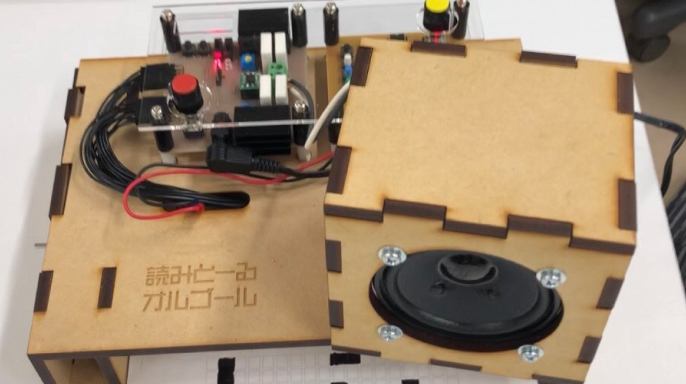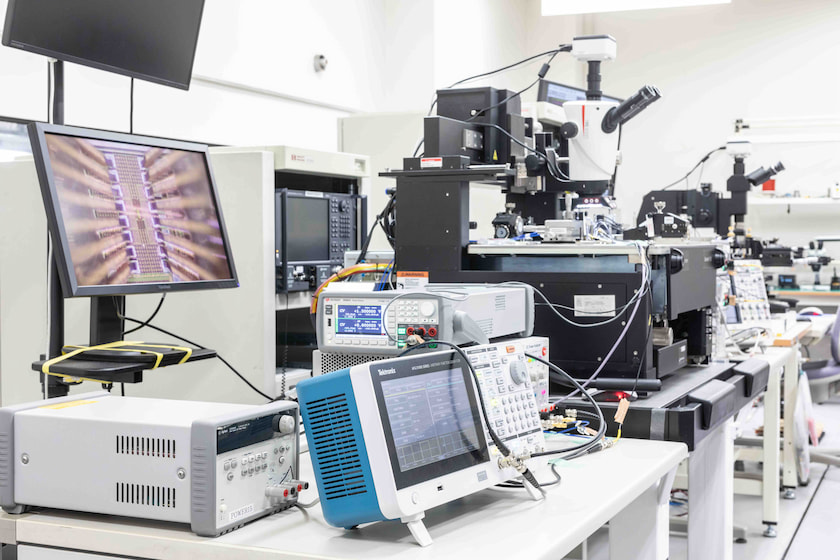Information Systems
Graduate School of Engineering,
The University of Tokyo
Discover the Future through
Electrical Engineering and
Information Systems
Hot Topics
What is EEIS
EEIS is a major consisting of the Electrical and Electronic Engineering Course and the Integrated Informatics Course.
News
Introduction of faculty members and research areas
Many professors belong to EEIS, and their fields of specialization widely range from nano to space. We are conducting extensive research by collaborating in a wide range of fields, not only within the department but also with other faculties, universities, and foreign countries.
You can search professors and what kind of research they are doing by using the tags that represent research fields.
About the entrance examination
Information for those who want to apply for EEIS, such as the application flow, entrance examination information session schedule, subjects, etc.
Special oral examination for master course
Overview of special oral examination for master course
Orientation for the entrance examination
Overview of orientation for the entrance examination
Guide for entrance examinations / Required files (Guide for entrance examination, Summary of your desired master/doctor thesis project and Grade summary sheet)
Guide for the entrance examinations and related document
Information about exam subjects
Exam subjects and past exams
Graduate school entrance examination FAQ
Frequently asked questions
For those aiming for EEIS
Here you can find information about support systems, careers after completing studies at EEIS, etc.

Testimonials of Students
An interview with a senior at EEIS. Find out about what kind of academic life a student has.

Career paths and Ph.D.
What kind of path did the seniors who graduated from EEIS take? Here we introduce their career paths with the real voice of graduates.

Financial support for graduate students
Programs that graduate students can participate in and scholarships that international students can apply for are described in this section.